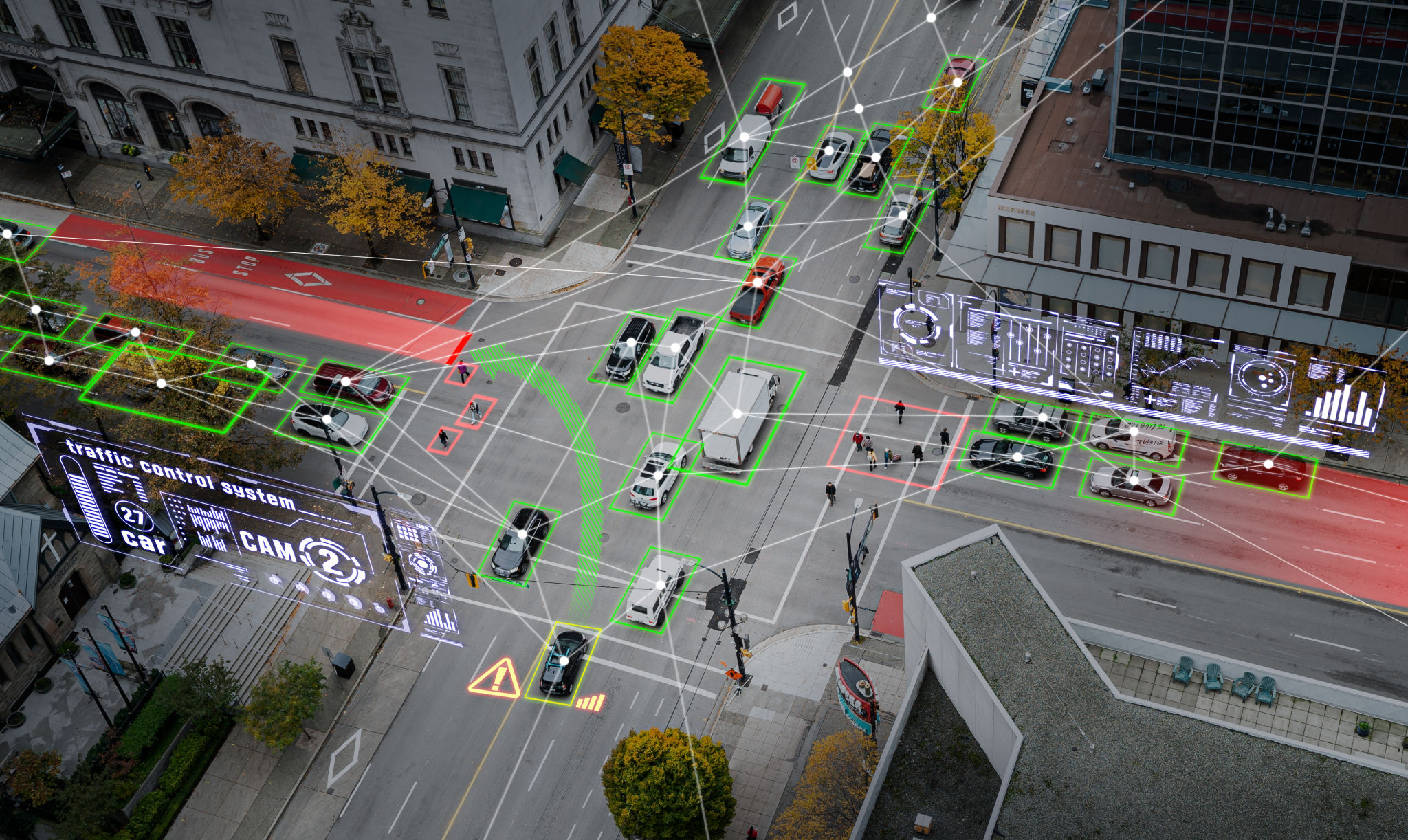Common Misconceptions About Smart Cities: What Fulton County Needs to Know
Understanding Smart Cities
As technology continues to advance, the concept of smart cities is becoming increasingly popular. However, with this popularity comes a variety of misconceptions that can lead to misunderstandings about what smart cities truly entail. For residents and stakeholders in Fulton County, it's essential to clear up these misconceptions to foster a more informed community.

Smart Cities Are Not Just About Technology
One common misconception is that smart cities are purely technology-driven. While technology is a significant component, a smart city is much more than just an aggregation of high-tech gadgets and systems. It involves a holistic approach to urban planning that integrates technology with sustainable practices, social inclusion, and economic development. The goal is to enhance the quality of life for all residents.
High Costs Are Not Always Inevitable
Another misconception is that implementing smart city initiatives requires exorbitant spending. While there are upfront costs associated with deploying new technologies, many smart city solutions are designed to be cost-effective in the long run. By optimizing resource usage and improving efficiency, smart cities can lead to significant savings in areas such as energy consumption and transportation.

Privacy Concerns Are Addressed
Privacy is a significant concern in the digital age, and many people assume that smart cities might compromise personal data security. However, smart city projects prioritize data protection and privacy. They employ robust cybersecurity measures and adhere to strict regulations to ensure that citizen data is safeguarded while still enabling the benefits of data-driven decision-making.
Smart Cities Require Community Involvement
Contrary to the belief that smart cities are managed solely by governments or large corporations, effective smart city initiatives require active participation from the community. Residents of Fulton County can contribute by engaging in public consultations, supporting local tech startups, and advocating for projects that align with their needs and values.

Infrastructure Upgrades Are Gradual
Some may think that transforming into a smart city requires immediate, large-scale infrastructure changes. However, the transition is typically a gradual process, allowing cities to adapt progressively while minimizing disruption. This phased approach enables better management of resources and helps ensure that solutions are tailored to the community’s evolving needs.
Sustainability Is a Core Focus
A misconception exists that smart cities are primarily about digital convenience rather than environmental sustainability. In reality, sustainability is a core objective of smart city initiatives. By integrating green technologies, encouraging alternative transportation modes, and promoting efficient waste management, smart cities aim to reduce their carbon footprint significantly.
The Path Forward for Fulton County
For Fulton County, understanding these misconceptions is crucial for embracing the potential of smart cities. By dispelling myths and focusing on informed decision-making, the county can implement strategies that not only leverage technology but also enhance the overall well-being of its residents.

Ultimately, achieving a smart city status is a collaborative effort that requires transparency, innovation, and commitment from both public and private sectors. As Fulton County navigates this journey, keeping the community informed and involved will be key to its success.
